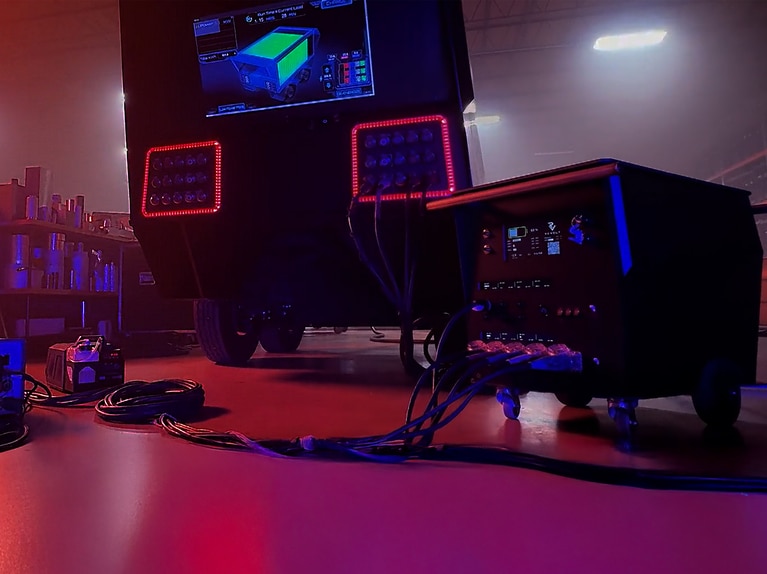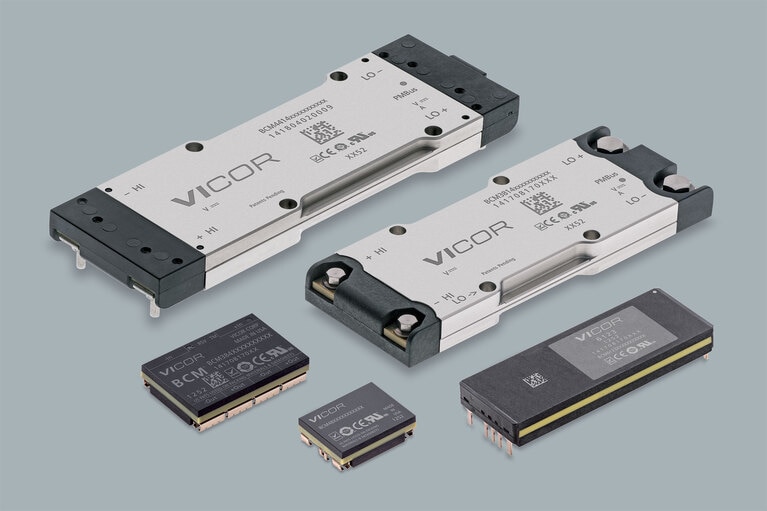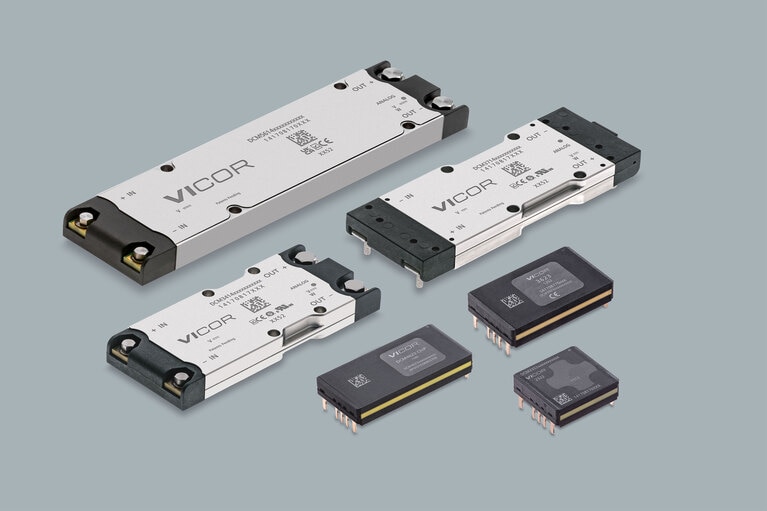Power delivery network challenges
Power delivery network challenges

High performance

Small size and weight

Efficiently converting HV to SELV
Hollywood sets deliver, cleaner, quieter power to reduce CO₂ levels
Hollywood sets deliver, cleaner, quieter power to reduce CO₂ levels
Gasoline and diesel generators have been powering movie sets for years and emitting harmful carbon dioxide (CO₂). Cameras, sound and lighting equipment, special effects rigs and basecamps all rely on generator power. As movie sets have grown in size and complexity, their carbon footprint has also grown. A large film set emits the same CO₂ as the energy needed to power 650 US homes for a year (Time Magazine).
Gas and diesel powered generators are not only bad for the environment, they are also noisy, which is particularly problematic during filming. A single 10kW diesel generator emits about 75dB of noise—roughly the same as a leaf blower. Because of their sound and exhaust fumes, diesel power sources must be installed more than 1,000 feet from the set location. This entails thousands of feet of power cables snaking precariously underfoot, which is costly to set up and maintain.
Clean and silent always-on renewable energy systems
Clean and silent always-on renewable energy systems
ReVolt has designed a better way to power movie sets by providing clean, mobile, always-on, and quiet electricity with the ability to monitor power levels remotely via an app so mobile power stations can be recharged when needed.
“The big thing is we're not pumping out toxic fumes,” said JD Schwalm, CEO of ReVolt. “You can run our systems on interior film sets with no concern. Also, some camera cranes have motion control systems inside of them, and dirty power from generators often interferes with capturing dialogue clearly. The cool thing about our unit is we deliver pure sine wave AC power to audio recording equipment achieving excellent clarity." ReVolt has designed its patented power technology into an expanding fleet of portable vehicles.
The smallest power system, the WeVolt, generates 17.5kWh capacity and 14kW output and the 8,500 pound Mule delivers 210kW of capacity and 120kW of output power, supplying on-demand energy across 480V, 208V, 240V and 110V connections. Additionally, this technology is virtually silent, emitting about as much noise as a computer fan.
Vicor advantages
Vicor advantages

Highest power density

Eliminates need for a 48V battery

96% efficient
High power density modules and 48V-centric power delivery transforms portable power systems
To enable a power dense power delivery network, ReVolt chose the Vicor BCM® fixed ratio bus converters and DCM™ DC-DC converters. The “Mule” uses a BCM4414 to convert and isolate an 800V battery to create a 48V bus. An array of DCM3414s are used to convert and regulate the 48V bus for various 24V loads. The high-power density (770W/in3) BCM4414 has very fast transient response, which eliminates the need for a bulky intermediate 48V battery. “With one Vicor module, we can do what it would take eight components to achieve,” Schwalm said.
The power delivery network

The BCM4414 converts and isolates 800V into 48V at 35A bus which the DCM3414 taps off to regulate 24V loads. The BCM4414 also serves as a battery emulator reducing the need for a bulky 48V battery.
Isolated fixed-ratio
Input: 800 – 48V
Output: 2.4 – 55.0V
Current: Up to 150A
Peak efficiency: 98%
As small as 22.0 x 16.5 x 6.7mm


